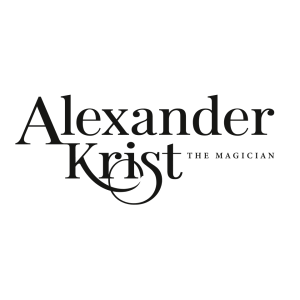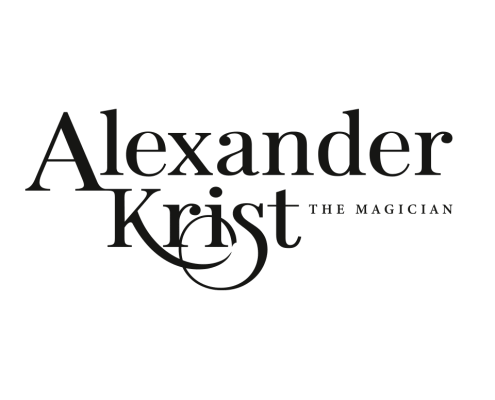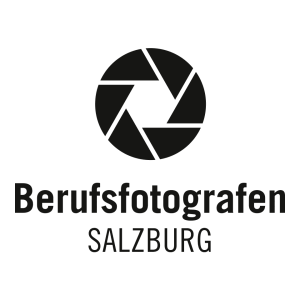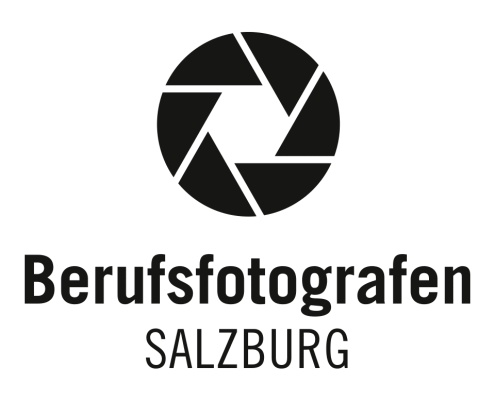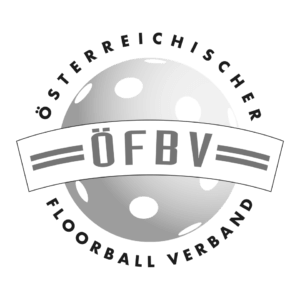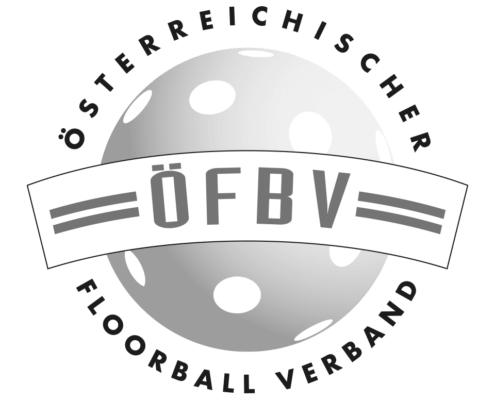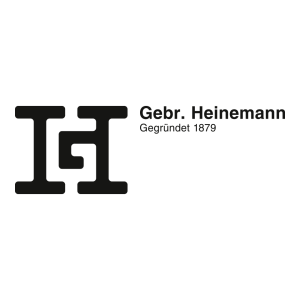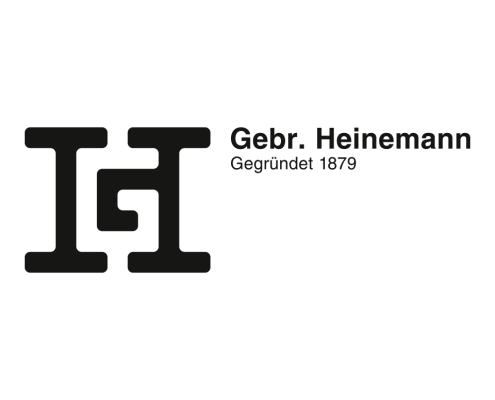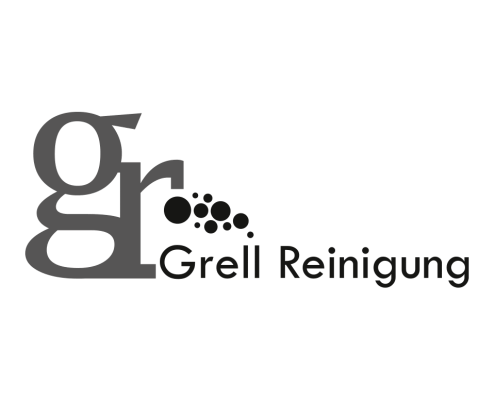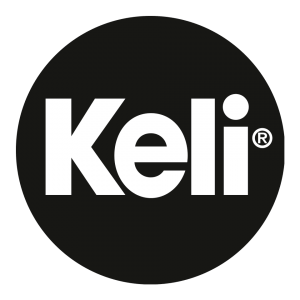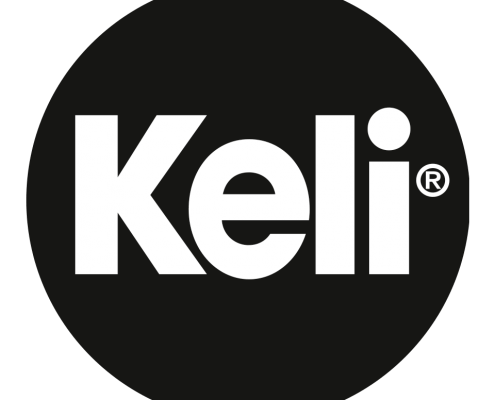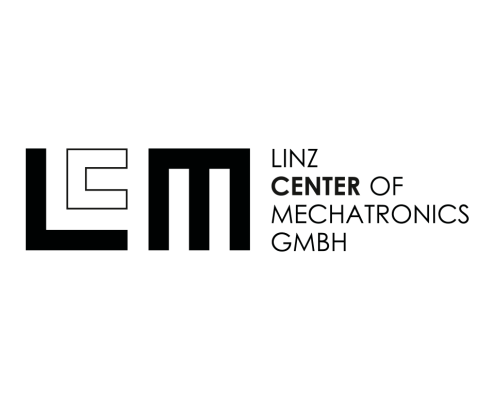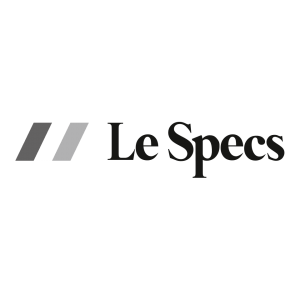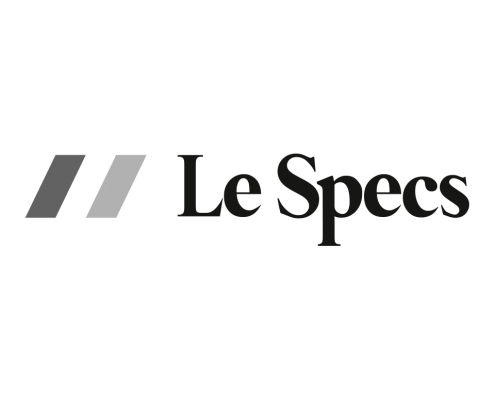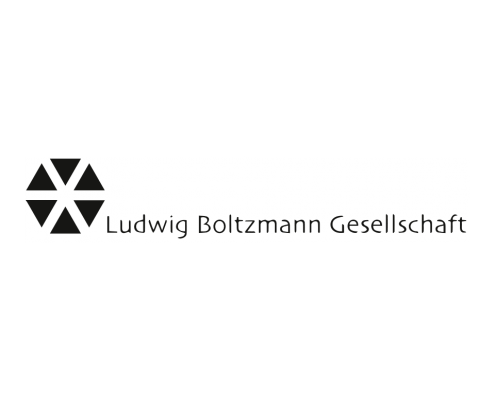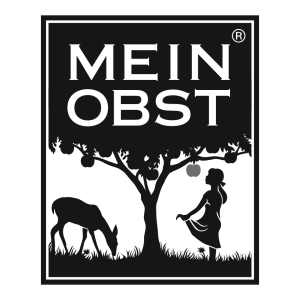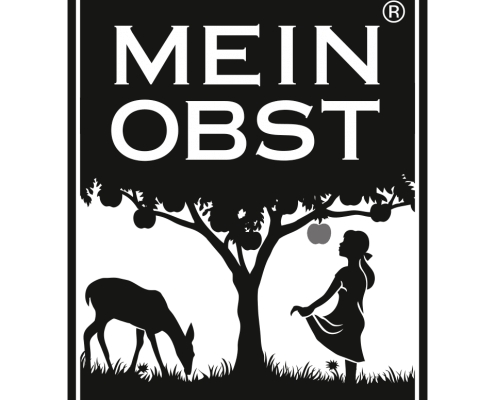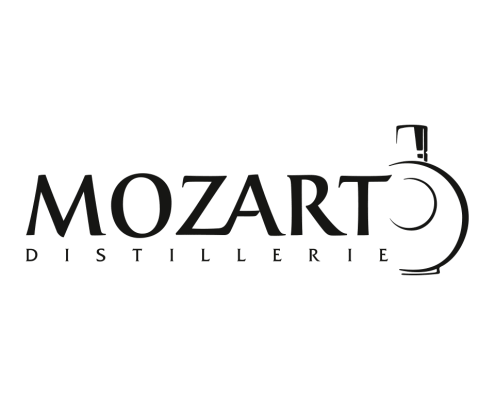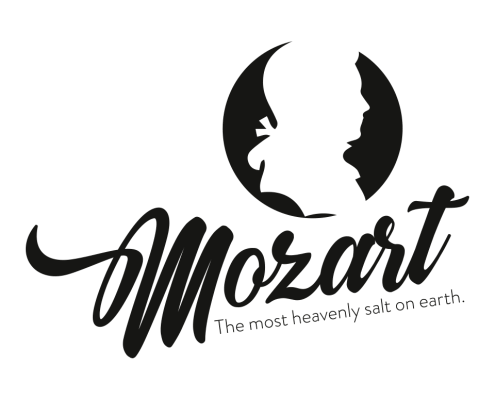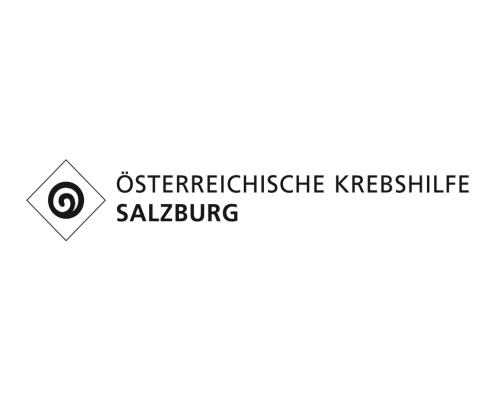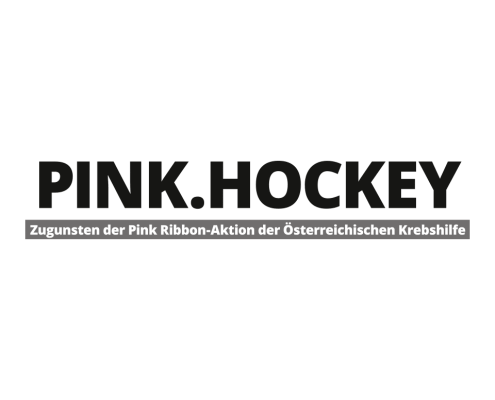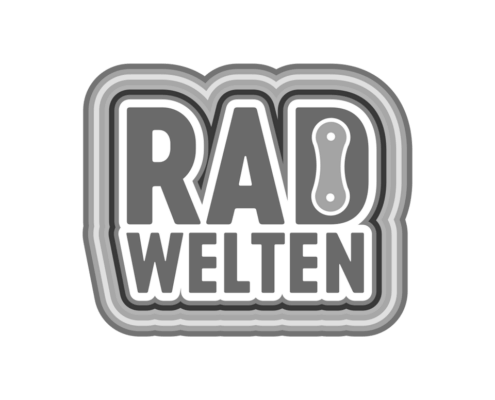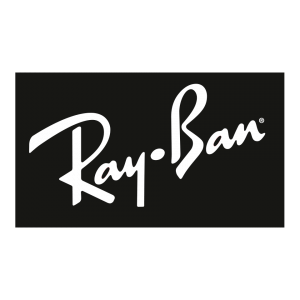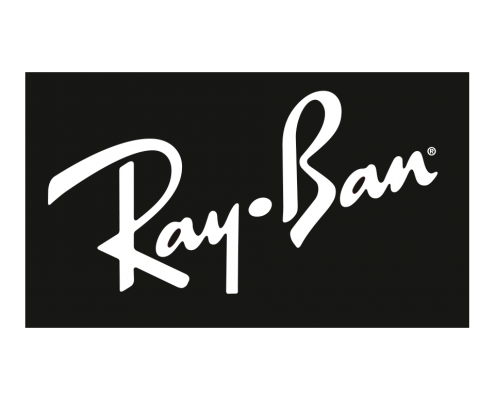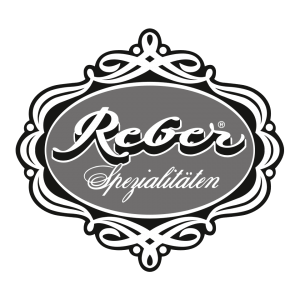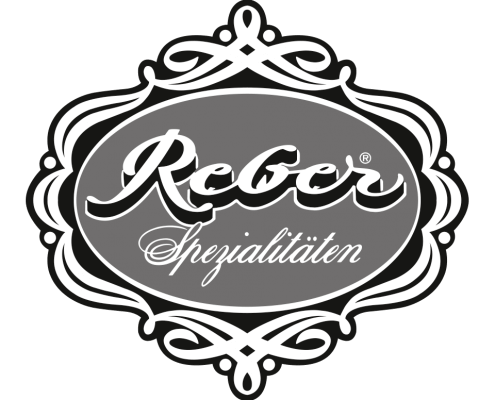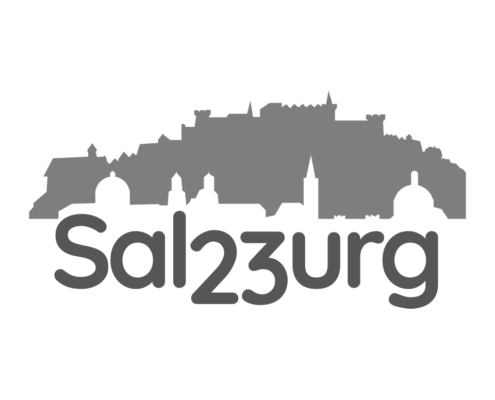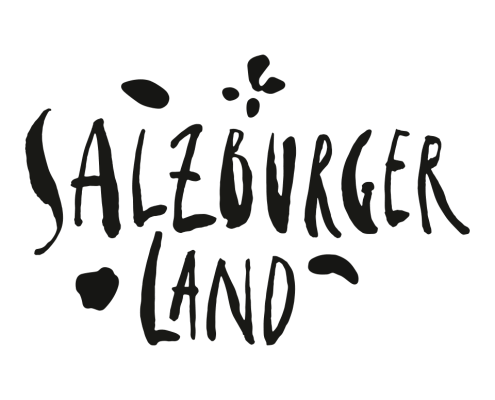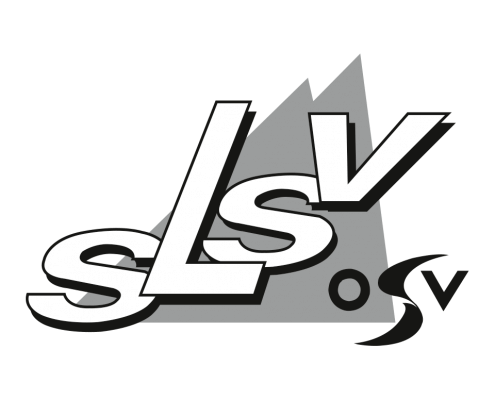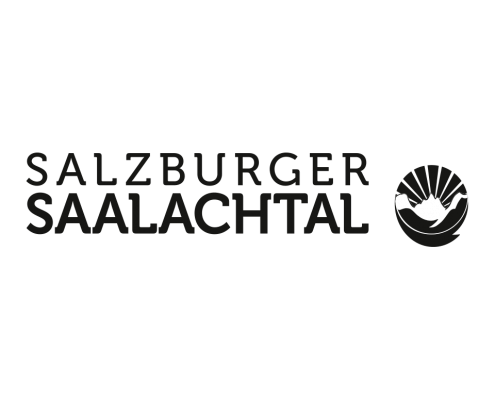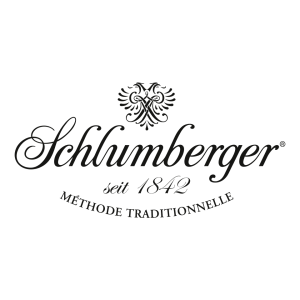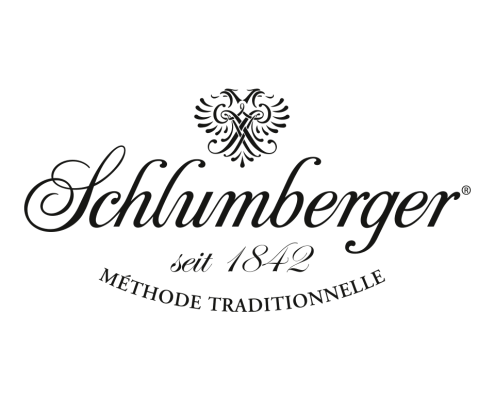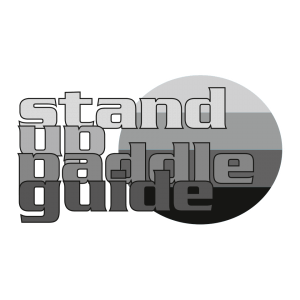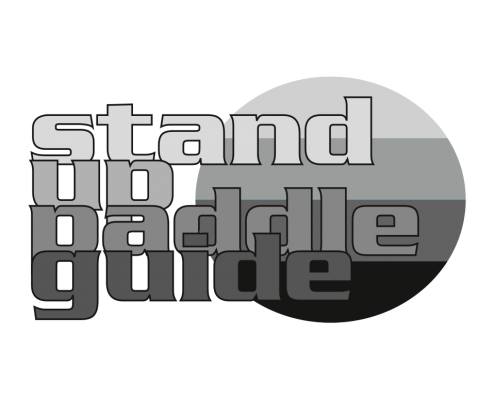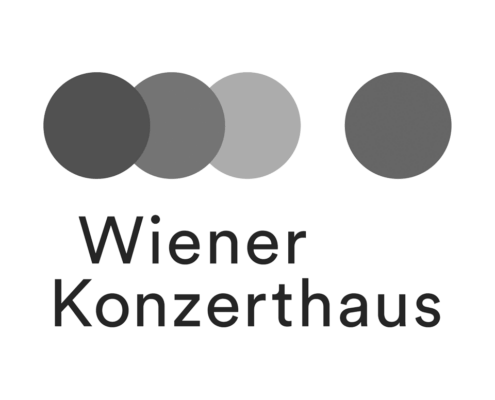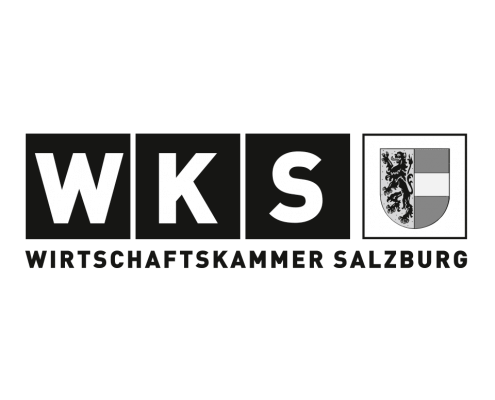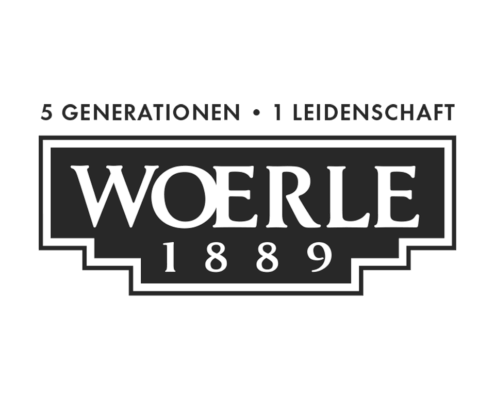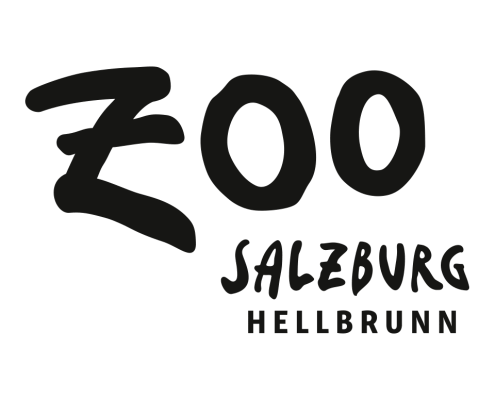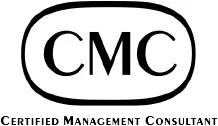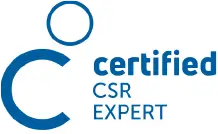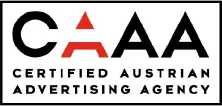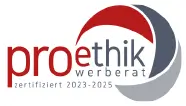Max Niederschick:
Guys have always been a bit of a stepchild in the digital world; and quite honestly ... somehow they still are.
Big players like Google or Adobe have certainly opened up a bag full of possibilities here.
However, the application continues to lag behind.
The demands on typography in the digital world are no less than in the analogue world:
Good, applied typography creates organisation, identity, emotion and most importantly ... readability. My favourite theme 😉
Sure, you can use an Arial for the thousandth time for the current website, or even in the visual for a social media post, but only good types ensure that texts are more pleasant for users to read and thus promote a longer dwell time on a website or in a social media post.
This in turn generates emotion, conveys messages, appeals to target groups, creates identities and ... promotes brand loyalty.
Using the right fonts that match the brand image helps to increase visual consistency and strengthen the brand experience for users.
In short: Without a functioning typo, there is no functioning brand. Online too!
However, typography helps to structure information and create a clear hierarchy, especially in the online sector.
By using different font sizes and styles, the attention of the user is directed and the user is supported in concentrating on the content.
But please: online there is even less need for font styles or sizes!
Speaking of concentration:
Typography plays an important role in the accessibility of websites and digital content.
The right choice of font, font size, line spacing and contrast ratios helps people with visual impairments or other reading difficulties to understand the content better.
In addition, digital applications/types are also drivers for innovation in the subject area of dyslexia.
Especially here it is important that each letter has its own form and still has a "calming" effect on the reader.
Andika Basic or Open Dyslexia, to name just two representatives, have changed a lot for the better.
I am convinced that a functioning font massively improves the user experience, but that is nothing new, just because the world has become more digital.
It's always been that way with books, and of course with magazines. Take a font that doesn't work and no one reads your book!
Because it's exhausting, you find it hard to concentrate.
This is not witchcraft, but is taken far too little seriously because many publishers/designers do not want to take the time to deal with the subject of typography.
Interposed question: You always talk about typography that works?
Yes, of course. Especially with professional fonts, there are standards that (almost) always work. But there is so much more.
And fonts are not quickly beautiful or ugly.
Fonts work better or less well: If I want to reach users, whether digitally or in print, I have to find a type that works.
Because a functioning typeface is also "beautiful" in its peculiarities, it is balanced in its weights, supports the reader, is perhaps nastily disruptive ... works. For its intended purpose.


